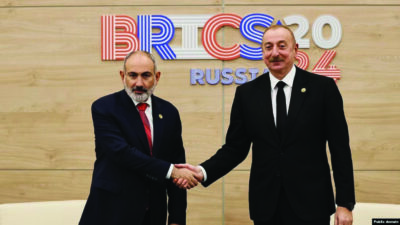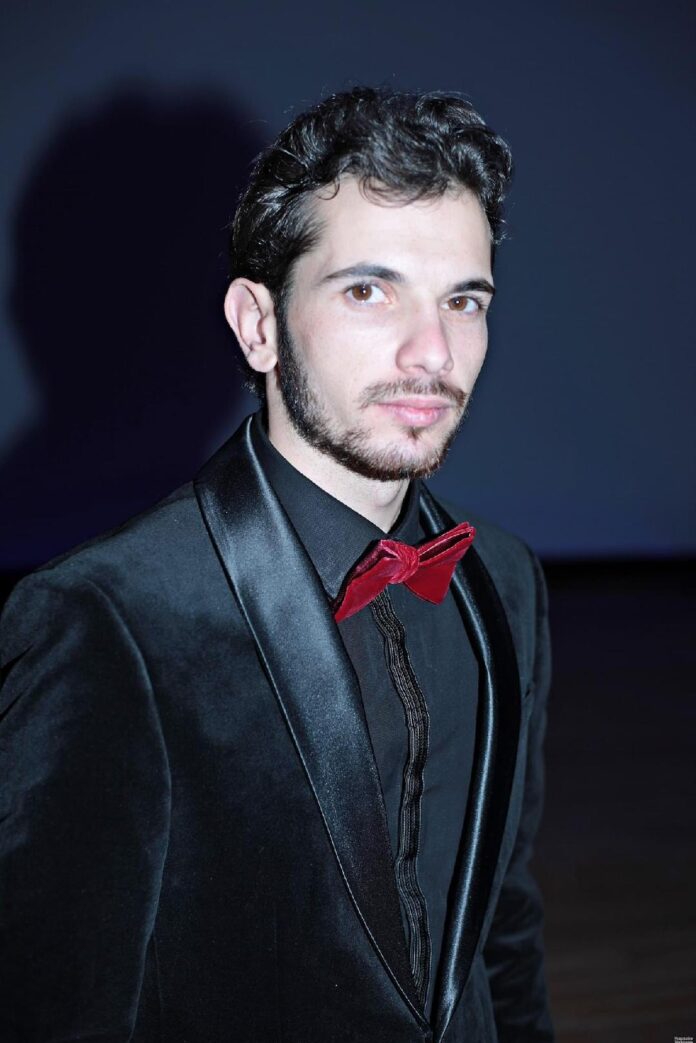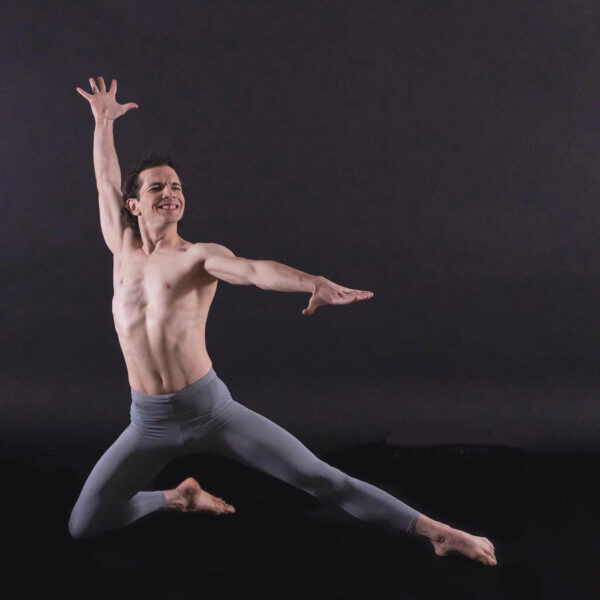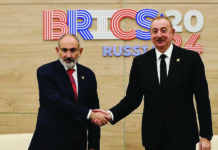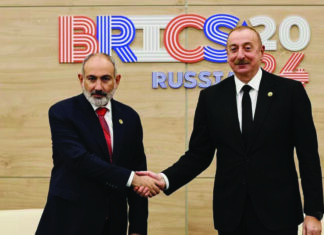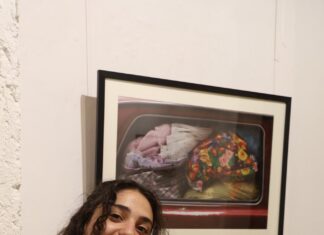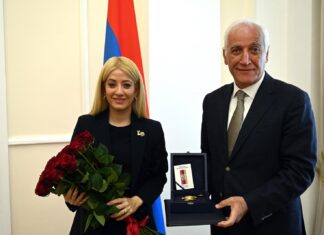YEREVAN/LOS ANGELES — Dancer Gagik Tadevosyan was born in 1993 in the village of Parpi, in Armenia. He started studying Latin American dance when he was 11, later he was accepted into the Armenian Berd Ensemble Studio and also studied in Armenian National Folk Ensemble. At 17, he became a soloist in the Berd Ensemble. In 2016 he graduated from the Khachatur Abovian Armenian National University with a master’s degree in dance. He performed in the ballets “Spartacus,” “Aznavour La Bohema” and “Two Sons” at Yerevan Spendiarian Theater of Opera and Ballet.
In 2018, Gagik moved to the US and began his dancer career as a principal dance teacher in heritage dance and cultural academy and a soloist dancer in Petrossian Dance Theatre Company since 2019. He took the Grand Prix in Paris, in 2019 at the International Dance Championship. Currently Tadevosiyan is a soloist and principal dancer of Petrossian Theatre and Dance Company. He has participated in dozens of international dance festivals and is a member of the International Dance Council – CID UNESCO.
Dear Gagik, are your genes “choreographic?”
First of all, thank you for your attention. There are no professional dancers in our family. However, my mother practiced dancing for a long time during her school years, and since then, she has developed a great love for dancing, which she then passed on to me and guided me in this direction, making me love and appreciate this beautiful art.
Few Armenian boys dance Latin dances, and you have been practicing them since childhood. Didn’t they tell you that those dances are not suitable for an Armenian boy?
Of course, even though there were such conversations at that time, especially in the village, I felt that many people wanted to learn to dance. No matter how much they talked and joked, they all were watching with great pleasure, I can even say, with envy, when I danced with my partner at some event, who was my cousin.
